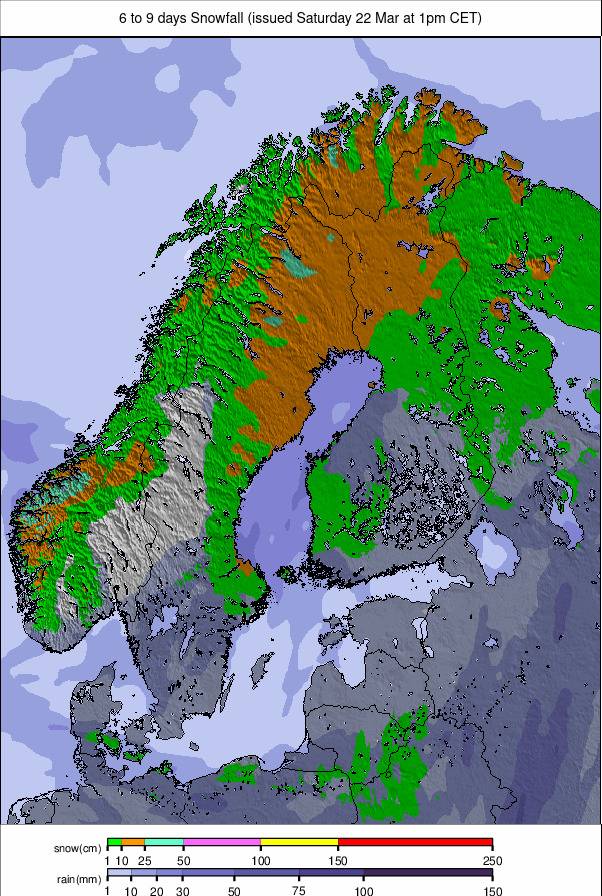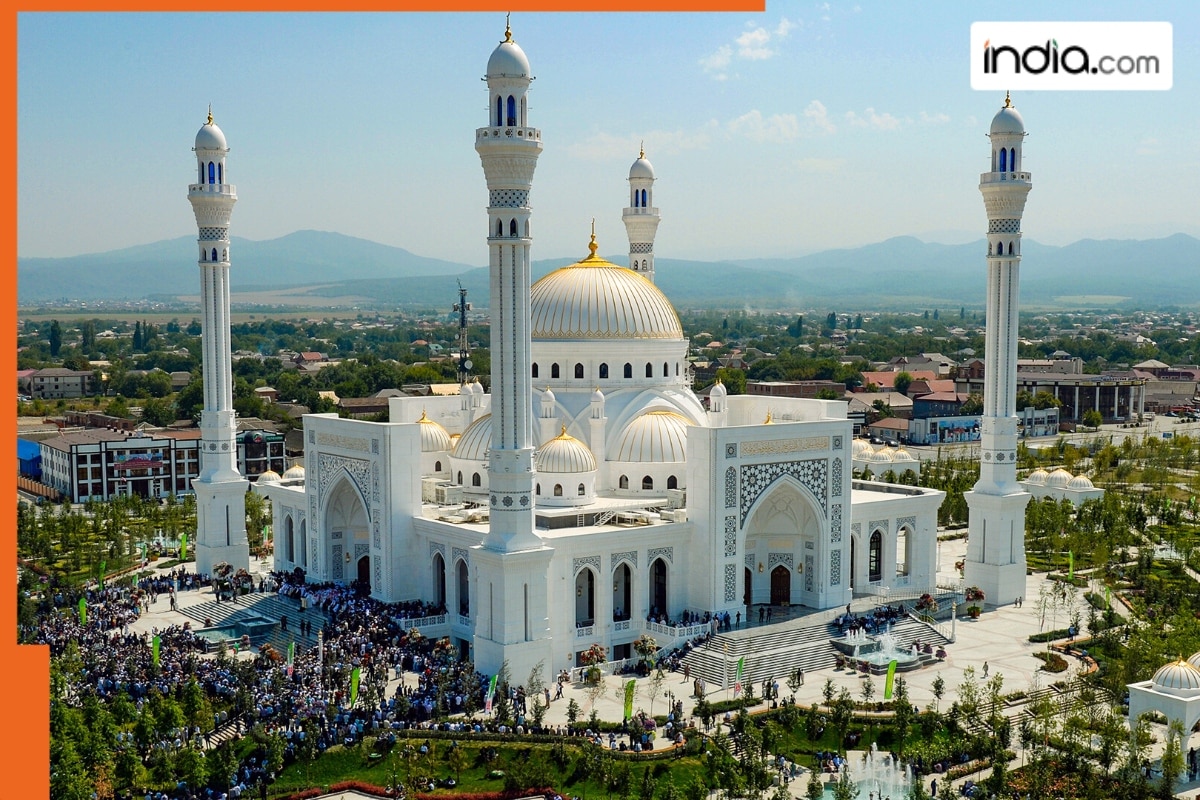Sports
Europe Weekly Roundup #264

Race Teams Prepare for Big Air World Cup Kickoff as Snow Conditions Hold Strong
- The Alps are enjoying mild, settled weather after recent snowfalls, with excellent conditions on glaciers.
- Austria’s Sölden and other glacier resorts have opened significant terrain, with World Cup races starting this weekend.
- Italy and Switzerland are expanding access, with more resorts opening soon and deep snow reported in several areas.
World Overview
It has been an exciting week in North America, with significant snowfalls reported on slopes across the continent. The weekend saw snowmaking systems fired up, not just at the usual high-altitude centers in Colorado, but also in California, Utah, and even in states like Arizona and New Mexico. We also have the first resort opening for the 24-25 season on Tuesday, and it looks increasingly promising that more resorts will announce openings by the weekend.
However, most of the ski areas open so far are in Europe, where there are now 16 areas to choose from across six countries. Sweden is the latest nation to begin its 24-25 season, with a northern center opening thanks to snow farming, while Austria has had its seventh glacier open, meaning that nearly half of the ski areas already open for the season are located there. Another four centers in Italy and Switzerland are expected to open this weekend, which will bring Europe’s total up to 20 before the start of November.
Although there’s nowhere open elsewhere in Europe except for the Alps and Scandinavia, it’s worth noting that the Pyrenees, where the first centers are expected to open in about a month’s time, received a decent snowfall at the end of last week.
In Asia, the first ski center to start the 24-25 season will open in Japan on Friday. Yeti, near Mt. Fuji, the usual early-opener, has started making snow with its all-weather machine ahead of a weekend of season-start celebrations.
Meanwhile, the Southern Hemisphere’s 2024 season is nearing its end. The last center still open in the Andes closed on Sunday, but the two resorts on New Zealand’s Mt. Ruapehu plan to be open this coming weekend, with a few kilometers of slopes available at each.
Europe
The Alps Report
After the recent snowfalls up high, the weather has been milder and more settled, with little precipitation to report over the past seven days. Most resorts are reporting excellent conditions, with fairly fresh snow cover and temperatures remaining close to freezing on glaciers.
Many race teams continue training ahead of the start of the 24-25 World Cup season, which begins this coming weekend at Austria’s Sölden (0/106cm / 0/43”). The course on the Rettenbach Glacier passed an FIS inspection at the end of last week, giving the competition the green light.
There are signs it may snow this weekend, but hopefully not too much, with the current forecast predicting light snowfall. The women race in the season’s first GS race on Saturday, and the men on Sunday. These races follow the start of the Big Air World Cup tour for both skiers and snowboarders at Chur in Switzerland last weekend, with snow for the landing zone brought in from higher altitudes.
All seven of Austria’s glacier ski areas are now open, with Mölltal the latest to start its 24-25 season at the weekend. Sölden has become the center with the most terrain open in the world at present, with more than 32km (20 miles) of slopes—about 20% of its full winter area—already accessible. The Stubai (0/345cm / 0/18”) has 22km (14 miles) open, and Hintertux (0/85cm / 0/34”) has 24km (15 miles) of slopes open so far. The Pitztal (30/70cm / 12/28”), Kitzsteinhorn (0/115cm / 0/46”) above Kaprun, and Kaunertal (30/40cm / 12/16”) each have about 10km (7 miles) of runs open so far.
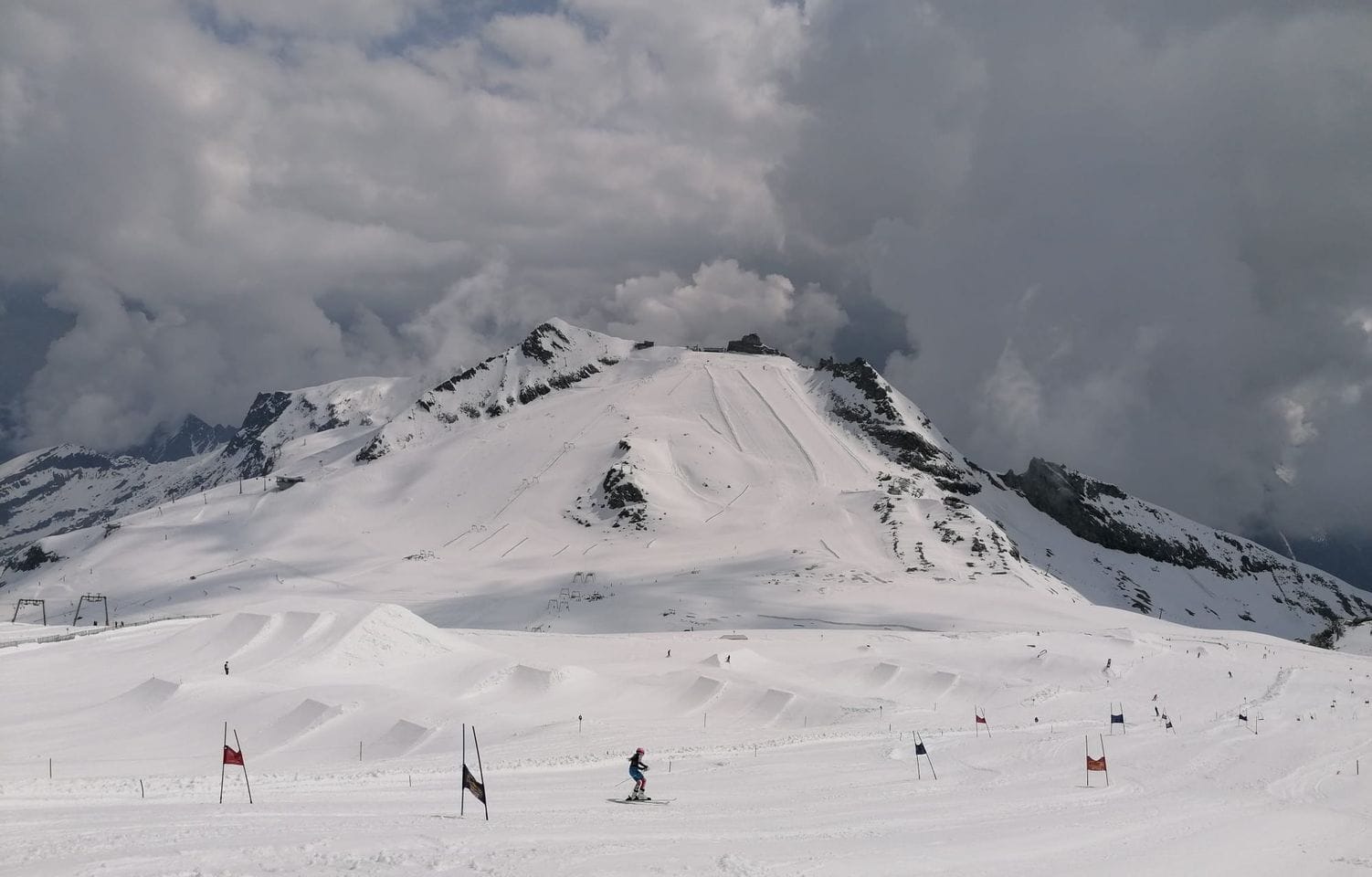
In Italy, two areas remain open, but this will change soon, with two more resorts expected to double that number this coming weekend. Access to Zermatt‘s glacier from the Cervinia side is also due to recommence after a two-month break in what was previously thought to be marketed as year-round access. Passo Stelvio (15/120cm / 6/48”) is still operating its summer ski season and posting some of the deepest snow in the Alps, with 90% of its slopes open, though it’s nearing the final weeks of its 2024 run. Val Senales (0/50cm / 0/20”) only has 2.5km (1.5 miles) of runs available, much of which is being used by race teams for training, but conditions are reported to be excellent, and some recreational runs are open for non-professionals. The two centers expected to open this coming weekend for their 24-25 seasons are the Presena Glacier above Passo Tonale and the high-altitude runs at snow-sure Sulden.
In Switzerland, Zermatt‘s (0/150cm / 0/60”) glacier ski area, with 22km (14 miles) of pistes, and Saas-Fee’s (0/180cm / 0/72”), with 10-13km (7-8 miles) open, currently offer the world’s deepest reported snow depth. Both plan to open more terrain in the coming weeks as they transition to winter operations mode. The Diavolezza Glacier in the Engadin region, southeast near St. Moritz, also has about 1.5km (1 mile) of slopes open so far. A fourth center, Adelboden, has been rolling out snow stored through the summer to create a ski slope, which it plans to open this Thursday. For the first few days, access will be reserved for training teams, but starting Saturday, the center will open to the public. A fifth Swiss option, the Titlis Glacier above Engelberg, is also expected to open this coming weekend.
The French ski season is expected to get underway in about a month, with Tignes and Val Thorens expected to open first on November 23rd.
The Alps Forecast
A largely dry week is ahead for the Alps, with the snowline generally lying between 2000m and 2400m altitudes. The forecast predicts a mix of sunny and cloudy weather, with temperatures as low as -4°C overnight on glaciers, although daytime highs at 3000m will reach a few degrees above freezing. A few centimeters of snowfall are possible above 2000m, with rain below, but no significant snowfall is expected over the coming week.
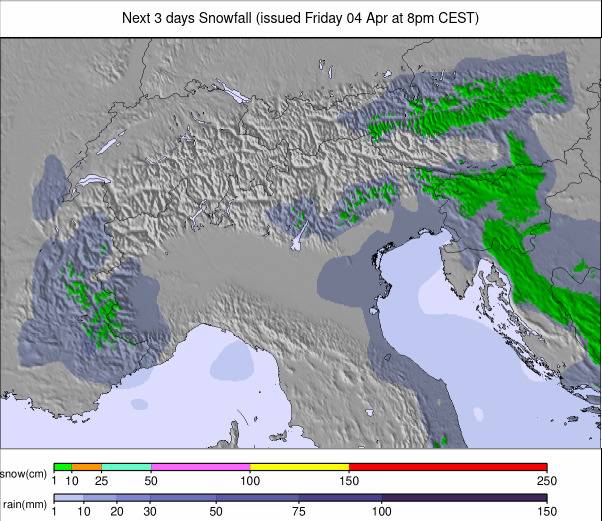
Scandinavia Report
Sweden’s 24-25 season began at the weekend, with Kåbdalis (40/50cm / 16/20″) opening despite milder-than-expected temperatures. The center used snow stockpiled from last spring, which was stored under cover and spread back onto the slopes, creating a wide, kilometer-long slope for early-season skiers. They report the snow as ‘soft’ but are hoping for colder temperatures soon.
In Finland, Levi (30/40cm / 12/16”) and Ruka (30/40cm / 12/16”) are in their third week of the season, but after some snowy weather earlier this month, it has been unseasonably warm with rain on the old snow instead of fresh snowfall and snowmaking conditions, as they’d prefer. Ruka reported on Tuesday that they’re struggling to maintain their snowpack with the warm temperatures and only one overnight freeze since they opened at the start of the month. However, they remain open.
Conditions have been better in Norway, where the Galdhøpiggen summer ski area (20/110cm / 8/44”) has seen frequent fresh snowfall, adding a few centimeters (an inch or two) most days. That higher altitude, with Scandinavia’s highest slopes, is a big advantage. Galdhøpiggen is likely entering its final fortnight of the 2024 season.
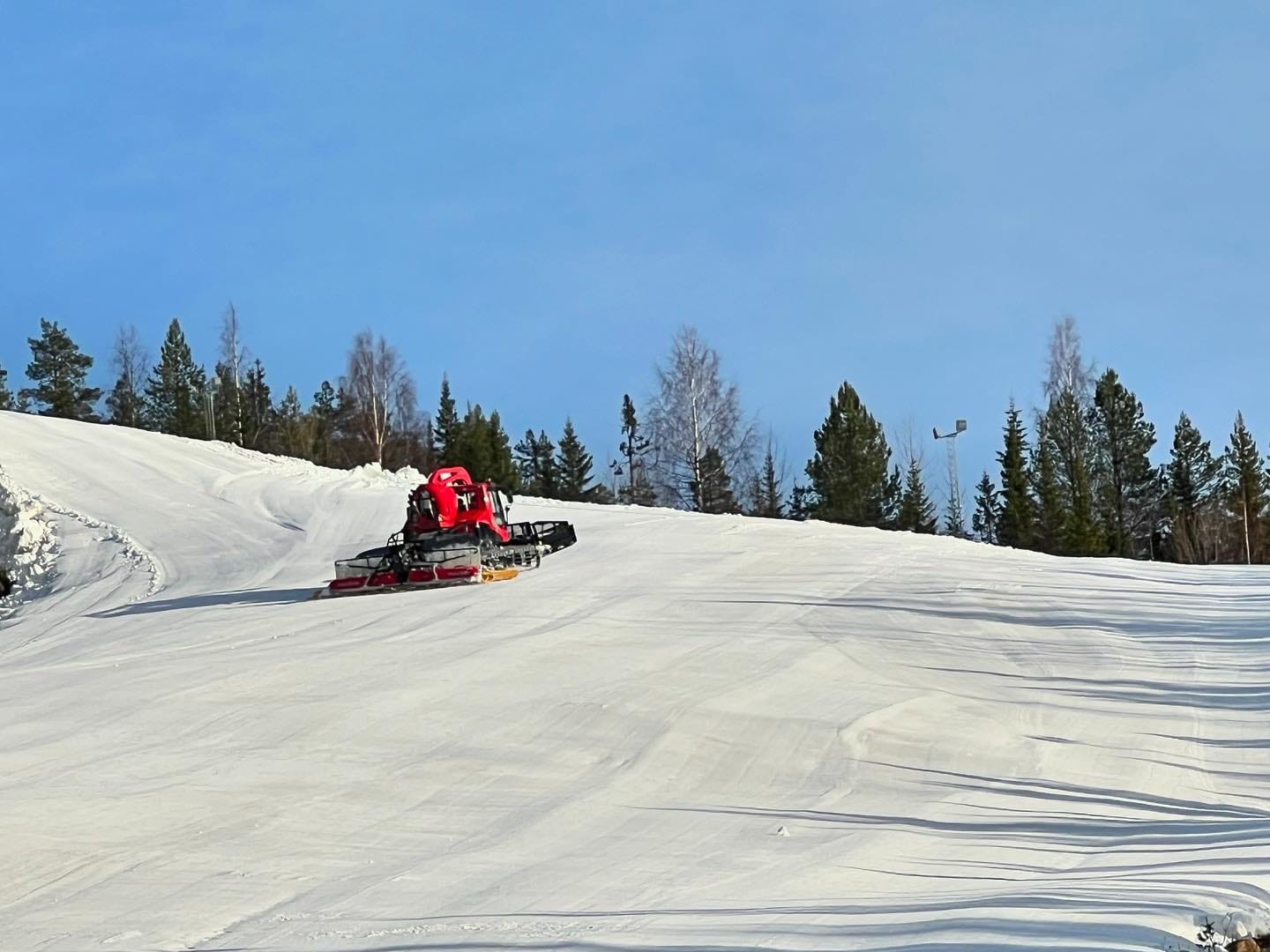
Scandinavia Forecast
It’s getting colder in northern Scandinavia in the latter half of this week, good news for early-opening resorts in Finland and Sweden (the latter is expected to see a second center, Tarnaby, open this coming weekend, all being well). Overnight temperatures should drop back below freezing, firming up the snowpack, though it may not be cold enough for snowmaking just yet. Daytime highs will remain in the low single digits, and although no significant snowfall is forecast, it should feel much more wintery.
